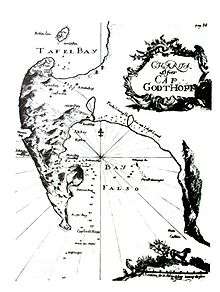Carl Gustaf Ekeberg

Carl Gustaf Ekeberg (June 10, 1716 in Djursholm, Uppland – April 4, 1784) was a Swedish explorer who made several voyages to the East Indies and China as a sea captain. He brought back reports of the tea tree and wrote a number of books, among which were:
- Voyages aux Grandes-Indes dans les années 1770 et 1771, Stockholm, 1773
- Moyen facile d'inoculer la petite vérole, écrit qui popularisa la pratique de l'inoculation
Ekeberg trained as physician and chemist, started his career as a ship's doctor, and became an expert navigator. Between 1742 and 1778 he made ten trips to India and China, becoming a captain in 1750 for the Swedish East India Company. He brought back numerous natural history specimens from his voyages for Linnaeus, with whom he had a close friendship, and was honoured by having the genus Ekebergia created. He was elected a Fellow of the Swedish Academy of Science in Stockholm and a Knight of the Order of Vasa in 1777.
Swedish ships from 1750 avoided calling at Cape Town, preferring to reprovision in Madagascar and St. Helena. Ekeberg though, was on good terms with the Cape governor, Rijk Tulbagh, and called on him when visiting the Cape. He was an excellent cartographer, compiling good maps of the coastlines along which he sailed, publishing them in his book Ostindiska Resa, Stockholm 1773.
Ekeberg was also responsible for having Sparrman, whom he had met on a voyage to Canton in 1765, sent to the Cape in 1772 to take up a tutoring post.
He was elected a member of the Royal Swedish Academy of Sciences in 1761.
Further reading
- Osbeck, Pehr; Torén, Olof; Ekeberg, Carl Gustav; Forster, Johann Reinhold (1771). A Voyage to China and the East Indies. Volume II. Stanesby Alchorne. London: Benjamin White. p. 12. Retrieved 2009-04-05.